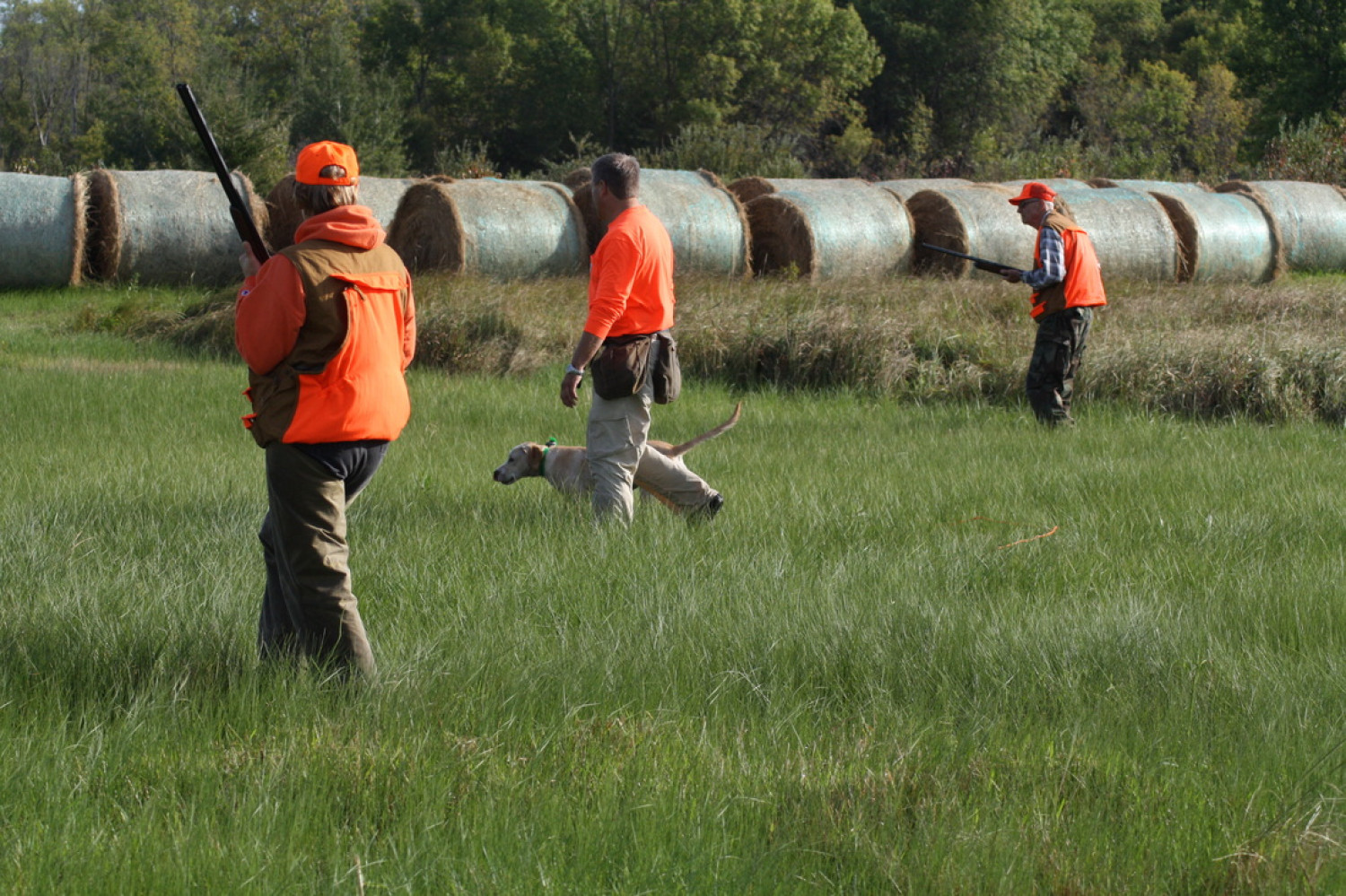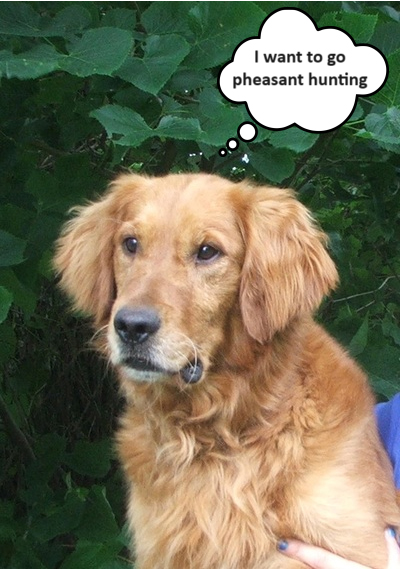

Do You Live for the Thrill of the Hunt?
Check out our local hunting preserve in Richmond, MN
Maybe you've been hunting since you were a kid. Maybe you're just starting out. No matter what your skill level is, Gold Meadows Hunting Preserve is the ideal place for your next hunt.
Our local hunting preserve in Richmond, MN has been around for over 55 years, so we've had time to work out the kinks. We offer reserved hunting fields, hunting dog training, pure bred hunting dogs & more. You're sure to have a seamless hunting experience with us. Make a morning or afternoon hunting reservation at our pheasant hunting fields today.
We're experienced hunters too!
Why is our local hunting preserve Richmond, MN's top choice for pheasant hunting? In addition to our 55 years of experience, we have a vast knowledge of:
- The weather conditions in the region
- The local hunting regulations
- The best hunting strategies
- The terrain in the area
Bring your dog for a day on the preserve
There are countless reasons our hunting preserve stands out from the rest, but one of the most notable is our hunting dog training services. When you sign up for a training session, your dog will learn basic obedience skills and more advanced hunting skills.
That's not all - we have a new litter of golden retriever puppies for sale every year. All of our pups come from a long line of champion dog hunters, so come take your pick of the litter today. Call 320-597-2747 now to ask us about our dog training sessions.
Central Minnesota's Premiere Pheasant Hunting Destination
- Open Daily
- August 20 - May 1
- 54 Years Experience
- Excellent Family Fun
- Enjoy the Outdoors
- No Membership Fees
- No Gun Fees
- No Hunting Licenses
- No Pheasant Stamps
- No Bag Limits
Open to the public!
We are located 18 miles west of St. Cloud, Minnesota. About 90 minutes away from Minneapolis, MN and the Twin Cities. We offer fun family and corporate hunts at our hunting preserve. You can bring your own dog or we can furnish a dog and guide to make your hunt a great memory! Our fields are setup with great cover and are ready for you. Choose Gold Meadows for your next Minnesota pheasant hunting adventure!
Open through April 2024
Pheasants Available

